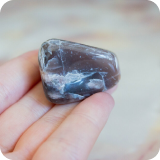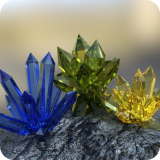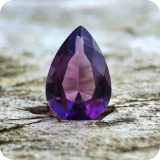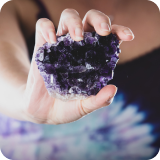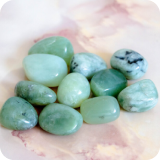- All You Need to Know When Rockhounding in Minnesota
- Best Minnesota Rockhounding Location
- Top 14 Gemstones in Minnesota
- How to Do Rockhounding in Minnesota
- FAQs
Have you ever wondered about the variety of gemstones in Minnesota? Which crystals are native to this state, and where can you find them?
With its rich geological history, Minnesota is a treasure trove for rockhounding enthusiasts. From the vibrant Lake Superior Agate to the unique Binghamite Agate, the state boasts a plethora of rare gems waiting to be discovered.
This article is your perfect guide if you’re keen on embarking on a rockhounding adventure in Minnesota.
Dive in to uncover the secrets of the crystals found in Minnesota and get invaluable insights to enhance your gem-hunting journey.
All You Need to Know When Rockhounding in Minnesota

Minnesota is a great place for people who love finding rocks and gems. A long time ago, many different rocks and gems formed here. One special gem from Minnesota is the Lake Superior Agate. People picked it as the state’s gemstone in 1969. This gem is very old and shows how the land in Minnesota changed over time.
There are flat lands, hills, and rough areas. The state has many forests and lakes, like the big Lake Superior. These places are good for finding rocks and gems. Also, many animals live in Minnesota, from big birds like the bald eagle to wolves.
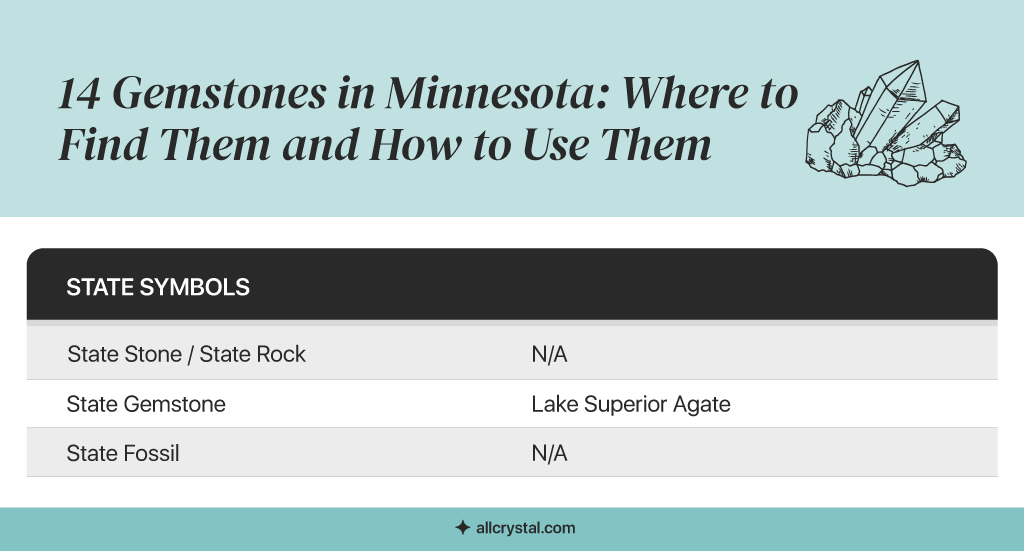
The best time to look for rocks and gems is late spring to early fall. The weather is nice during these times, and there’s no snow on the ground. This makes it easy to explore and find cool stuff.
Looking for rocks and gems is fun, but we must care for nature. Before you start, check if you need a permit. Don’t dig big holes or harm plants and animals. Always leave the place as you found it. This way, Minnesota stays beautiful for everyone.
Best Minnesota Rockhounding Location
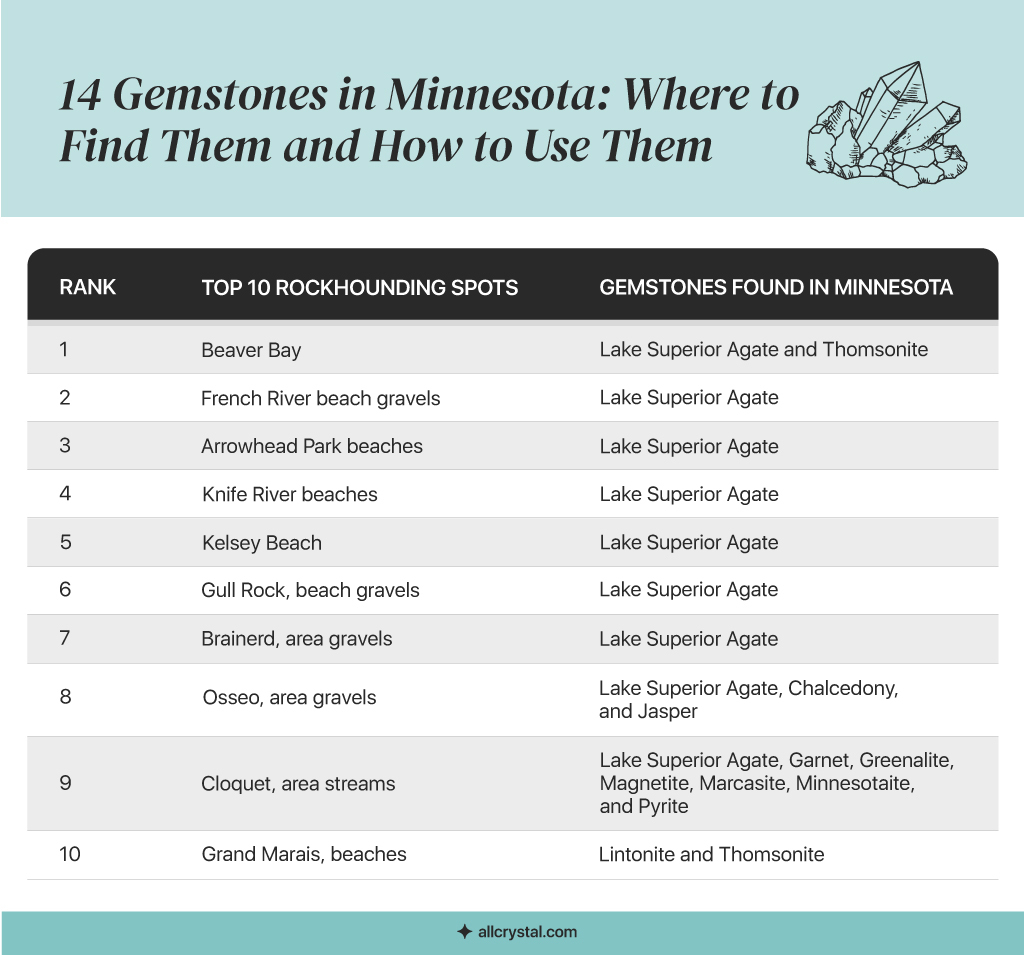
Note: The ranking is based on the variety and uniqueness of crystals that can be found from the location.
- For Publishing VA: Insert Minnesota Rockhounding Location Map
For those keen on diving deeper into their rockhounding journey in Minnesota, the official website of Minnesota’s Department of Natural Resources can serve as an invaluable resource. It provides detailed information, maps, and guidelines for rockhounding enthusiasts.
You can access the website here: Minnesota Department of Natural Resources.
Disclaimer: Current data about crystals found in the listed places and rockhounding regulations may change. Before going rockhounding, you must research and acquire the latest information.
Top 14 Gemstones in Minnesota
For those interested in gems, Minnesota is a veritable goldmine due to the state’s extensive geological heritage. There are numerous rare jewels, each with its history and significance, in this state. This article will explore two of the most sought-after diamonds in the state.
Lake Superior Agate
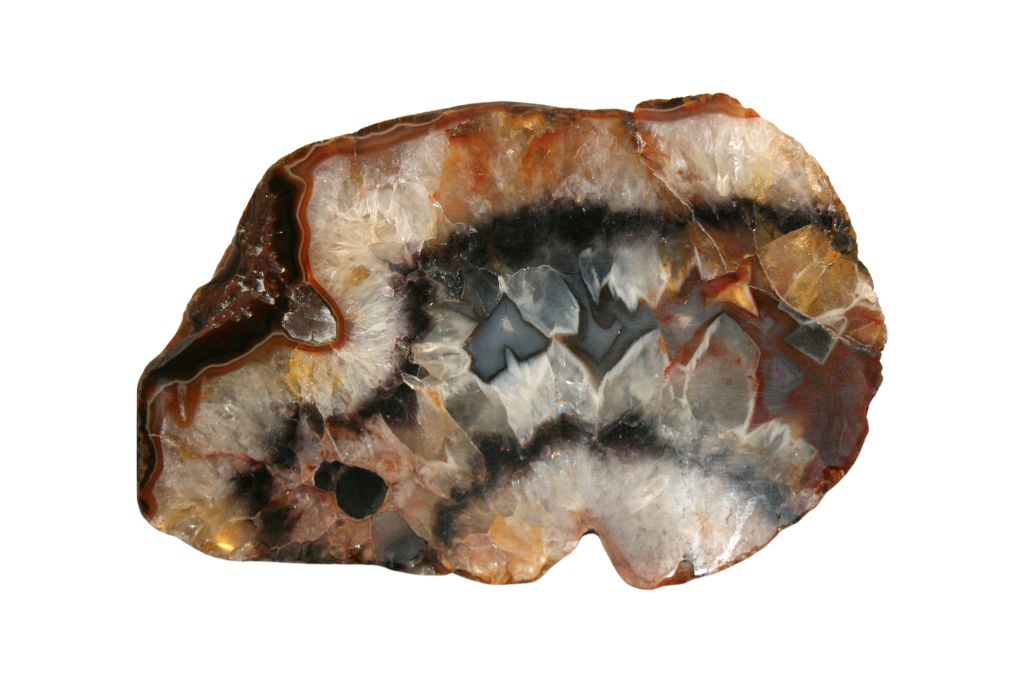
The Lake Superior Agate, renowned for its vibrant reddish-orange colors and characteristic banding patterns, can be found in various locations across Minnesota. Some of the most notable places to find this gem include the public beaches of Lake Superior, especially those north of Duluth.
Stream gravels, riverbanks, gravel pits, and old mining dumps across the state often yield these beautiful stones. Specific locations include Beaver Bay, French River beach gravels, Arrowhead Park beaches, Knife River beaches, Kelsey Beach, and Gull Rock beach gravels.
When searching for Lake Superior Agates, watch for their distinctive banding and translucent appearance. A good rock hammer and a shovel can be handy tools for digging. Once you spot a potential Agate, the primary thing to do is to wash it with water to reveal its true colors and patterns.
You might also come across the ‘eye’ variety with circular patterns in Minnesota. Lake Superior Agates are believed to bring harmony and balance to the wearer. They are often associated with stability, grounding, and a strong connection to Earth.
Jasper
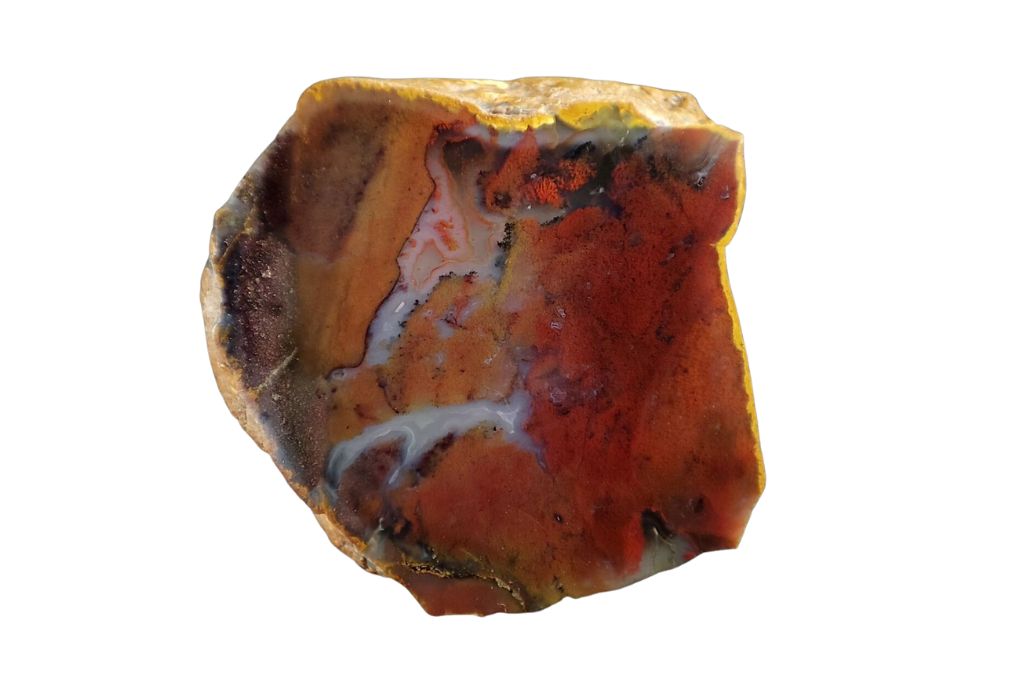
Jasper, another gemstone abundant in Minnesota, can be found in several locations. Some prominent places include the streams, washes, and old mining dumps near Ely.
The US 169 region between Eveleth and Grand Rapids, especially the mining dumps, is known to have gem-quality Jasper. Hibbing’s gravel pits and streambeds are also potential sites, as are the gravels near Winton.
When looking for Jasper, it’s essential to recognize its opaque appearance, often in red, brown, or green shades. A sturdy pick and a sieve can be beneficial when digging for this stone. If you think you’ve found a piece of Jasper, the first thing to do is to hold it against the light to check its opacity.
Jasper is often called the “Supreme Nurturer.” It is believed to provide support during times of stress and bring tranquility and a sense of wholeness. This crystal is said to absorb negative energy, promote courage, and aid in quick thinking.
Chalcedony
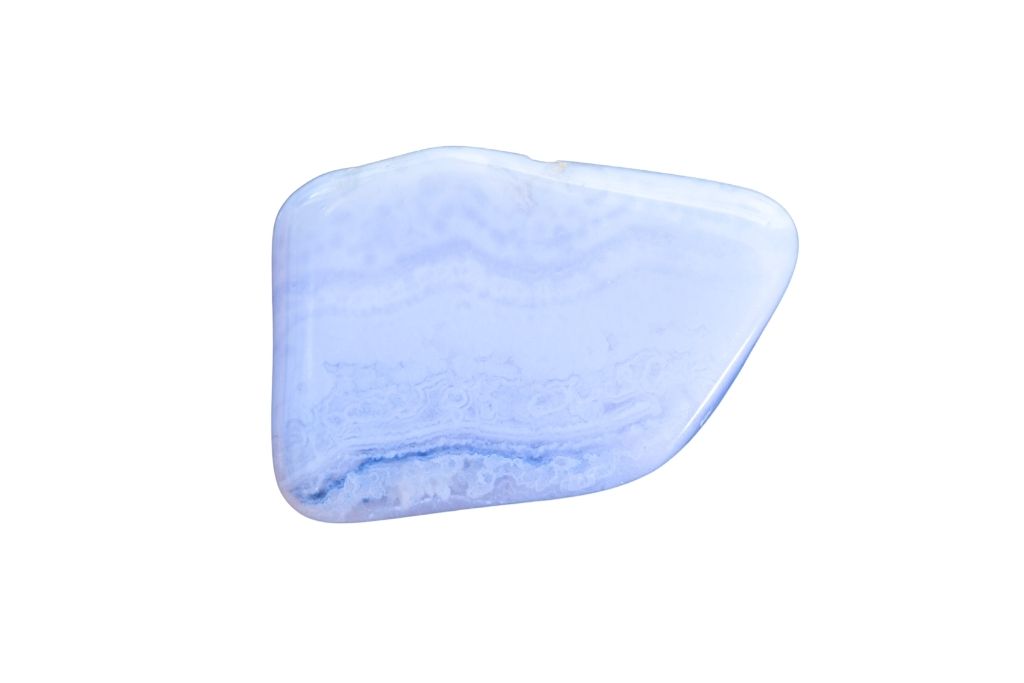
Chalcedony, a form of microcrystalline Quartz, is found throughout Minnesota. One of the prominent places to find Chalcedony is in the Osseo area gravel pits. Ely’s creeks, streams, and washes to the southwest also house this beautiful gemstone.
When hunting for Chalcedony, it’s essential to recognize its waxy luster and translucent to opaque appearance.
A sturdy pick and a sieve can be beneficial when digging for this stone. If you believe you’ve found a piece of Chalcedony, the first thing to do is to hold it against the light to check its translucency.
Chalcedony is believed to bring calmness and peace to its bearer. It is often associated with promoting harmony, improving communication, and building trust. Many also believe that Chalcedony can absorb negative energy and prevent bad vibes.
Lintonite
Lintonite, a relatively rare mineral, can be found on the beaches east and west of Grand Marais in Minnesota. This mineral is unique to the region and is highly sought after by collectors.
When searching for Lintonite, look for its characteristic appearance, which can vary in color. A rock hammer and a shovel are recommended for extracting this mineral. Upon finding a potential piece of Lintonite, handling it with care is essential due to its rarity.
Lintonite enhances the clarity of thought, helping its possessor confidently make decisions. Additionally, it’s believed to aid in grounding, helping one stay connected to the present moment.
Thomsonite
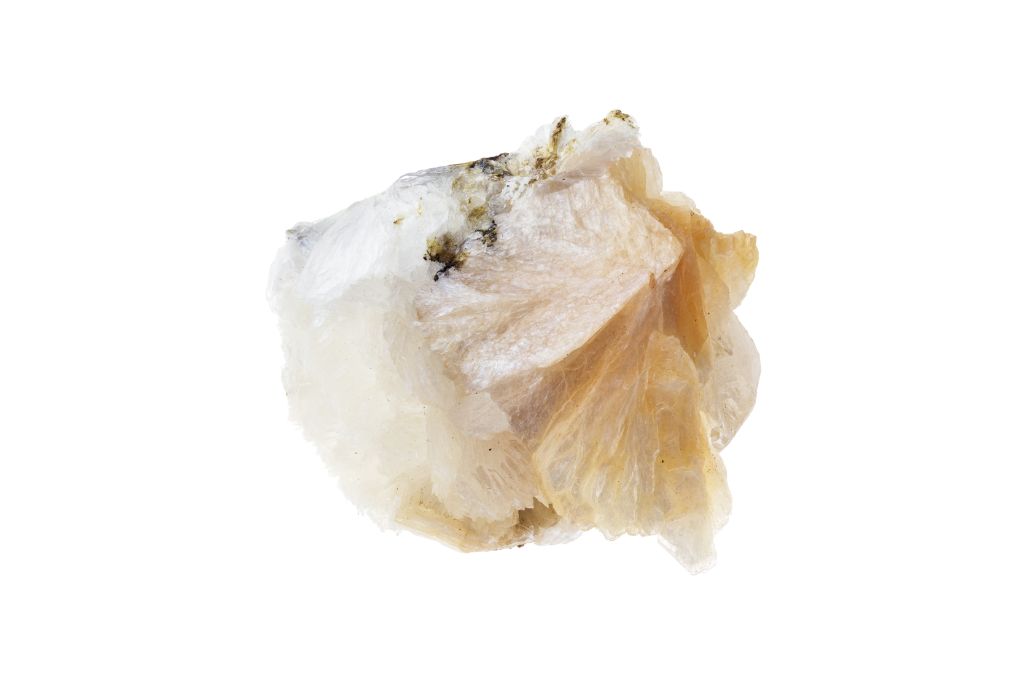
Thomsonite can be found in several locations in Minnesota. Notably, the beaches near Little Marais River at the mouth are known to house this mineral. Additionally, Thomsonite Beach and its surrounding basalt outcrops are potential sites for finding Thomsonite nodules.
When looking for Thomsonite, it’s essential to recognize its fibrous radiating structure. A rock hammer and a chisel can be handy when extracting this mineral. Once you’ve identified a potential Thomsonite, it’s crucial to clean it gently to reveal its patterns.
In metaphysical terms, Thomsonite is believed to aid spiritual growth and understanding. It’s also associated with enhancing intuition and promoting a sense of calmness.
Garnet
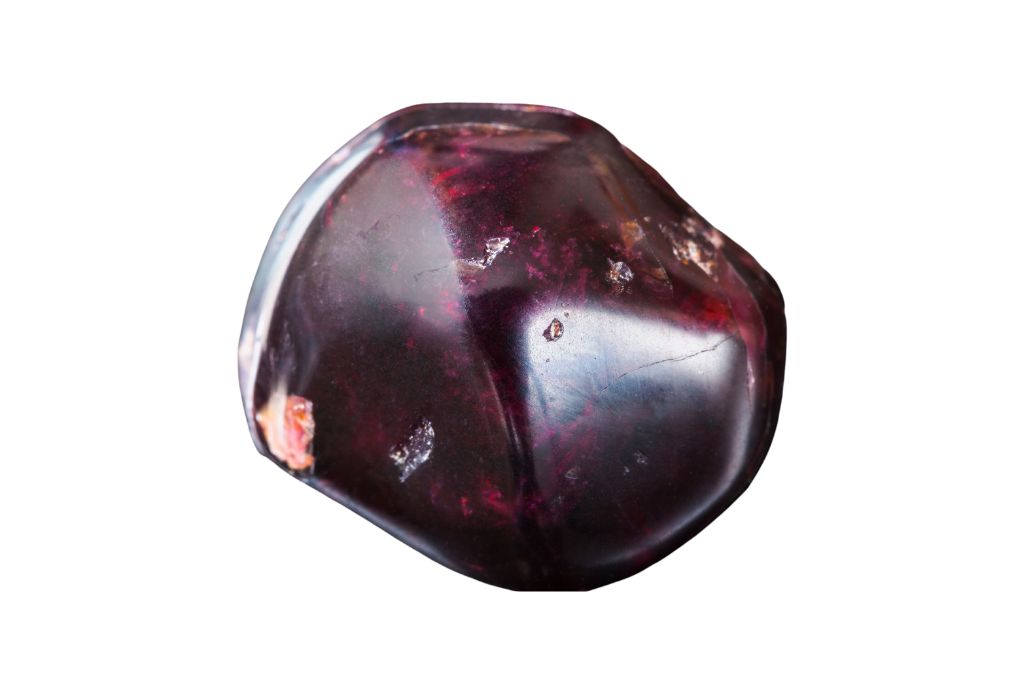
Garnet, a well-known gemstone, is scattered across various locations in Minnesota. Specifically, the areas around Cloquet, including its streams, gravels, and old mining dumps, are known to be rich in Garnet. Mining dumps between Eveleth and Grand Rapids along US 169 are potential sites for discovering Garnet.
When hunting for Garnet, it’s essential to recognize its deep red hue and dodecahedral crystal structure. A pick and a sieve are ideal tools for digging. If you encounter a potential Garnet, closely inspect its crystal structure to confirm its identity.
Metaphysically, Garnet is believed to invigorate and rejuvenate its wearer. It symbolizes love, passion, and loyalty. Many also believe that Garnet can spark creativity and bolster self-confidence.
Quartz
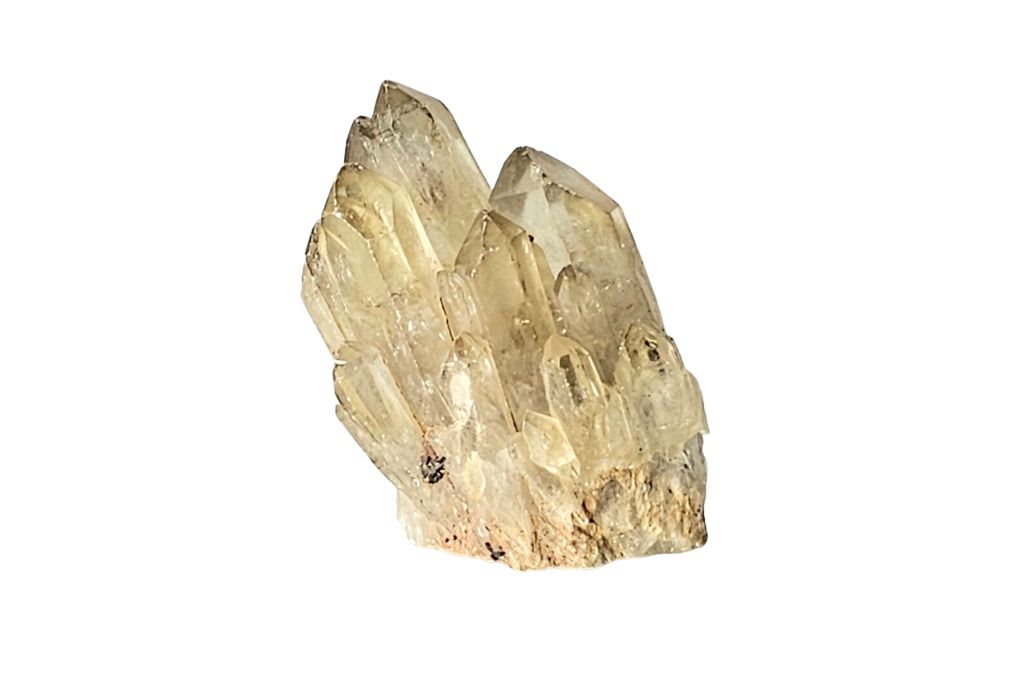
Minnesota has many Quartz deposits. Jewel-quality Quartz crystals are found in Ely’s southwest creeks, streams, and washes. Other Quartz hotspots include Biwabik, especially the Mary Ellen Pit and Corsica Pit.
Look for hexagonal quartz crystals and a clear to milky appearance. To remove this mineral, use a rock hammer and chisel. Clean a possible Quartz item gently to expose its clarity.
Quartz is renowned for its ability to amplify energy and thought. It’s believed to balance and revitalize the physical, mental, emotional, and spiritual planes, bringing harmony to its bearer.
Marcasite
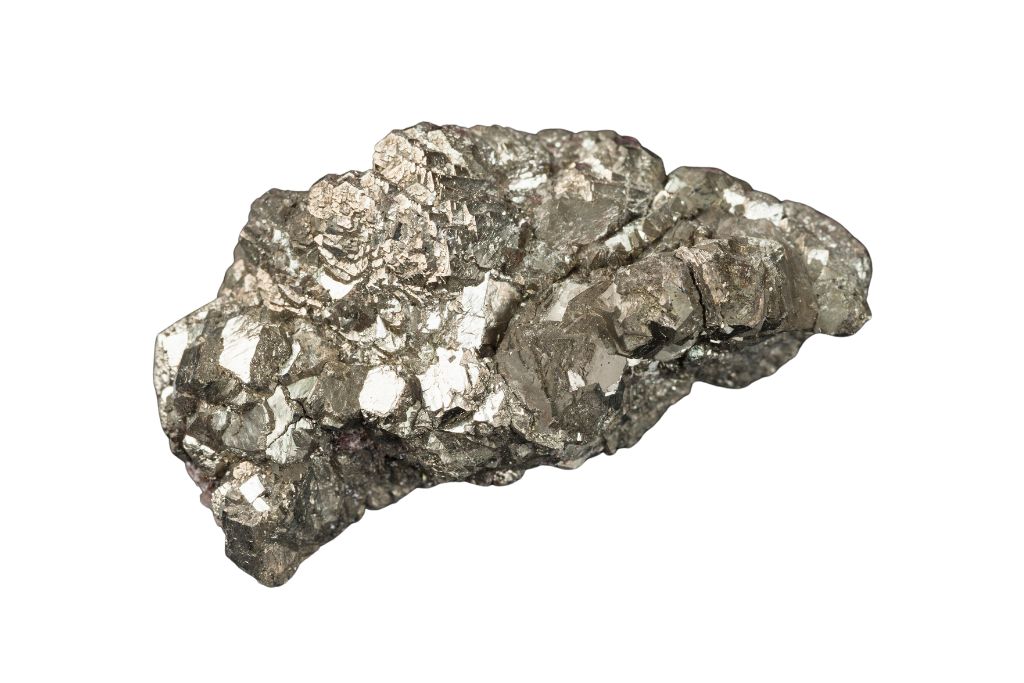
Marcasite, often mistaken for Pyrite due to its similar appearance, can be found in various locations in Minnesota. Notably, the mining dumps around Cloquet and Carlton are known to house Marcasite alongside other minerals.
When looking for Marcasite, it’s essential to recognize its metallic luster and pale bronze-yellow hue. A rock hammer and a chisel can be handy when extracting this mineral. Once you’ve identified a potential Marcasite, handling it carefully is crucial as it can be brittle.
Marcasite is believed to inspire relaxation, reflection, and spiritual development. It’s also associated with clarity, insight, and awareness. Holding or placing Marcasite close to you during meditation can help deepen your introspective journey, allowing for clearer insights and heightened awareness.
Pyrite
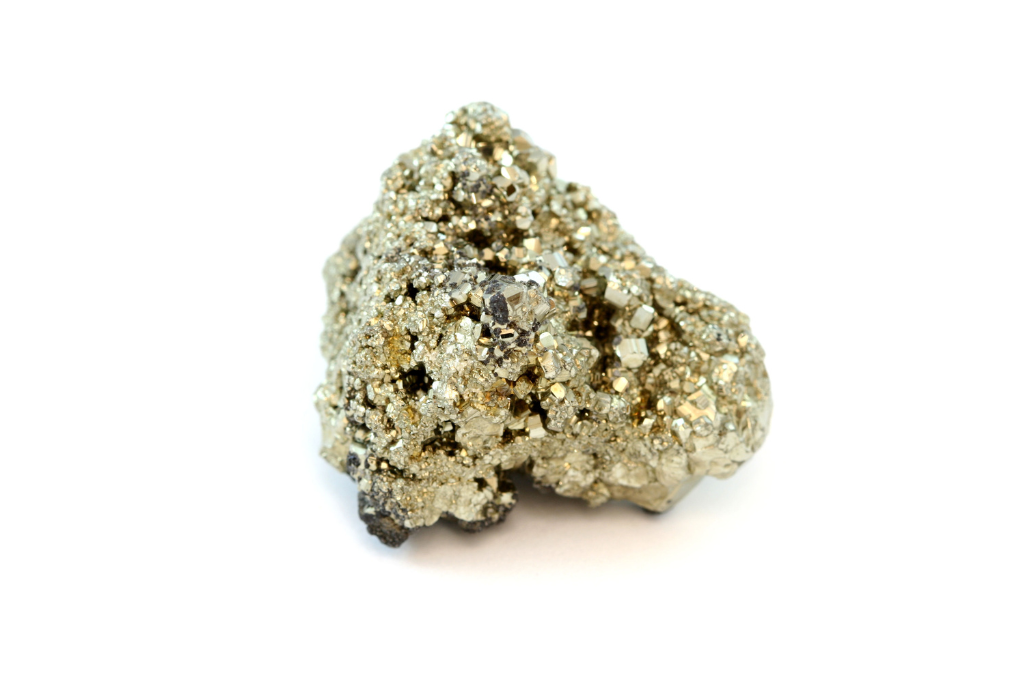
Pyrite, commonly known as “Fool’s Gold,” can be found in several locations in Minnesota. The mining dumps between Eveleth and Grand Rapids along US 169 are particularly rich in Pyrite. The areas around Hibbing, including its gravel pits and regional mining dumps, are also known to house this mineral.
When searching for Pyrite, look for its metallic luster and gold-yellow color. A pick and a sieve are the recommended tools for digging. If you believe you’ve found a Pyrite, the first thing to do is to inspect its cubic crystal structure closely.
Some believe that carrying a Pyrite ring protects them from evil spirits. It has positive connotations, like the strengthening of resolve, the sharpening of mental faculties, and the upliftment of sentiments.
Chalcocite
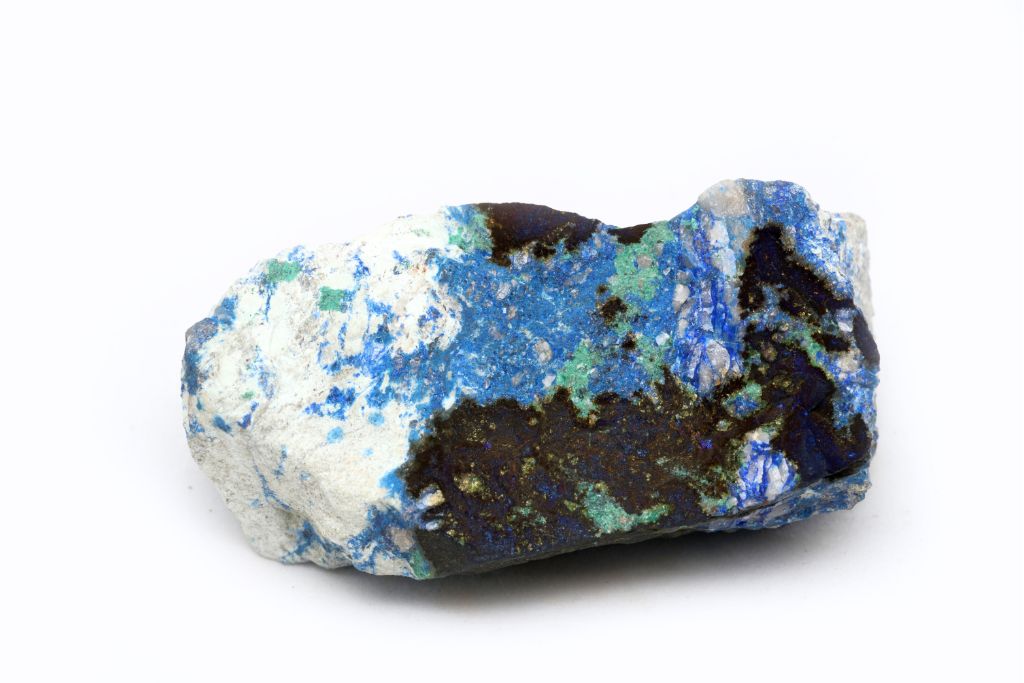
Chalcocite, a copper sulfide mineral, isn’t as commonly found in Minnesota as other minerals. However, some old mining dumps and copper-nickel deposits in the northeastern part of the state might have traces of Chalcocite.
When searching for Chalcocite, look for its dark gray to black color and metallic luster. A rock hammer and a chisel can be handy tools for extraction. If you come across a potential piece of Chalcocite, handling it with care is essential due to its delicate nature.
Chalcocite is believed to enhance communication and stimulate positive energies. It’s also associated with grounding and balancing one’s energies.
Calcite
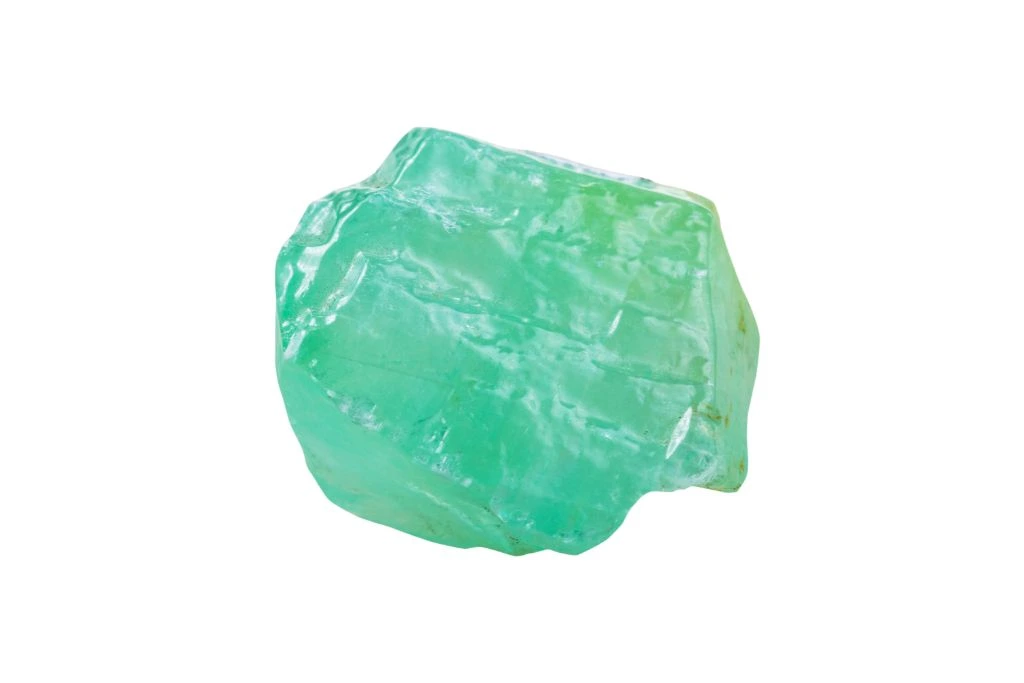
Calcite is found in various locations in Minnesota, especially in Limestone and Marble deposits. The state’s Karst regions, with their caves and sinkholes, often contain Calcite formations.
When hunting for Calcite, look for its clear to milky white appearance and rhombohedral crystal form. A pick and a sieve are ideal tools for digging. Upon finding Calcite, cleaning it gently will reveal its clarity and luster.
Many people use Calcite for its purifying and energizing properties. Emotional intelligence, learning capacity, and memory are all improved.
Hematite
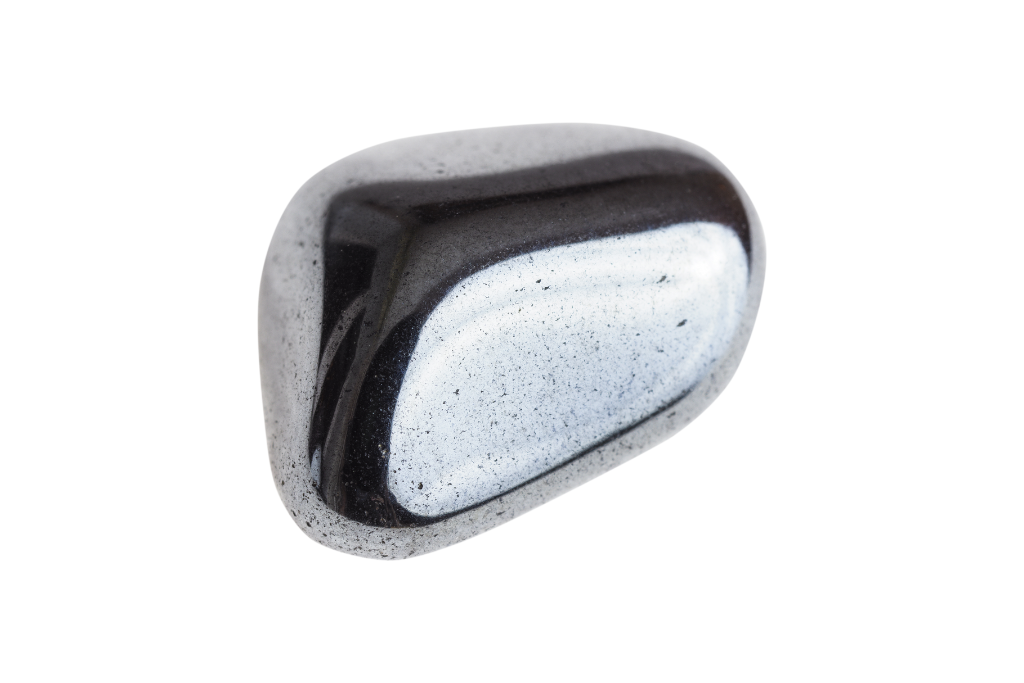
Hematite is found in the iron ranges of Northern Minnesota, specifically in the Mesabi and Vermilion ranges, and is easily recognizable by its deep red streak and metallic gray look.
Its metallic luster and dense texture stand out in mineral collections. The use of a rock hammer and a shovel are suggested instruments. Once Hematite has been identified, it must be cleaned to see its actual color.
People often carry Hematite in hopes of feeling more secure and safe. Strengthening one’s determination, bravery, and character are all linked qualities.
Chalcopyrite
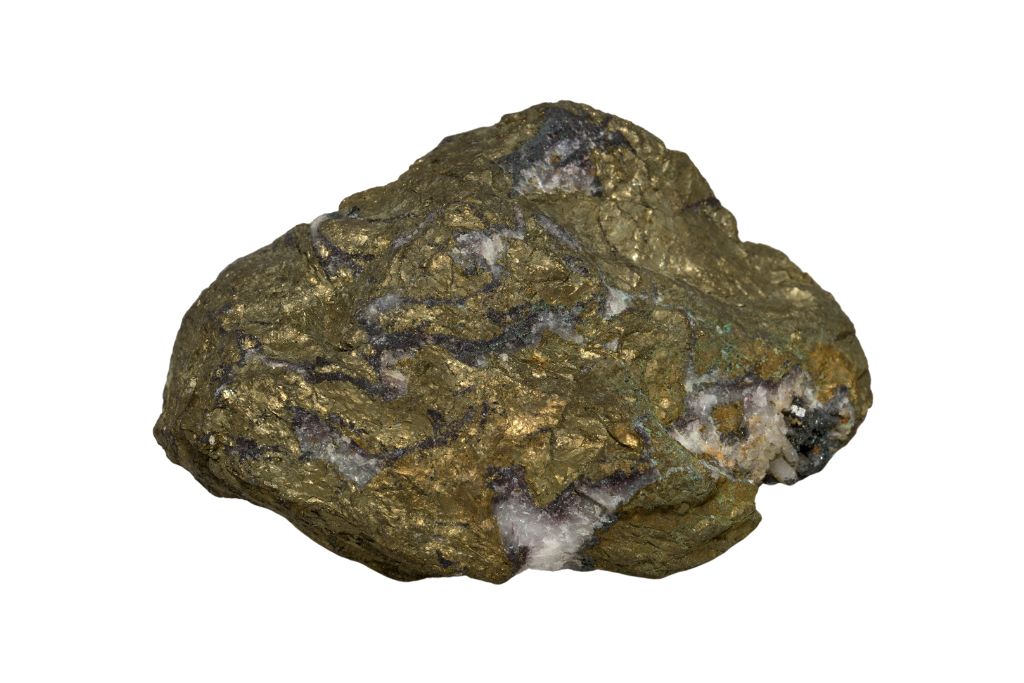
The copper-nickel deposits in Northeastern Minnesota are rich in the sulfide mineral Chalcopyrite, composed of copper and iron.
Look for Chalcopyrite, which is a characteristic brass-yellow with a greenish tinge. Extraction equipment includes a pick and chisel. The shiny sheen of any discovered Chalcopyrite can be examined to verify its authenticity.
Using Chalcopyrite is said to improve one’s intuitive and esoteric skills. It’s said to foster happiness and bring in financial success.
Magnetite
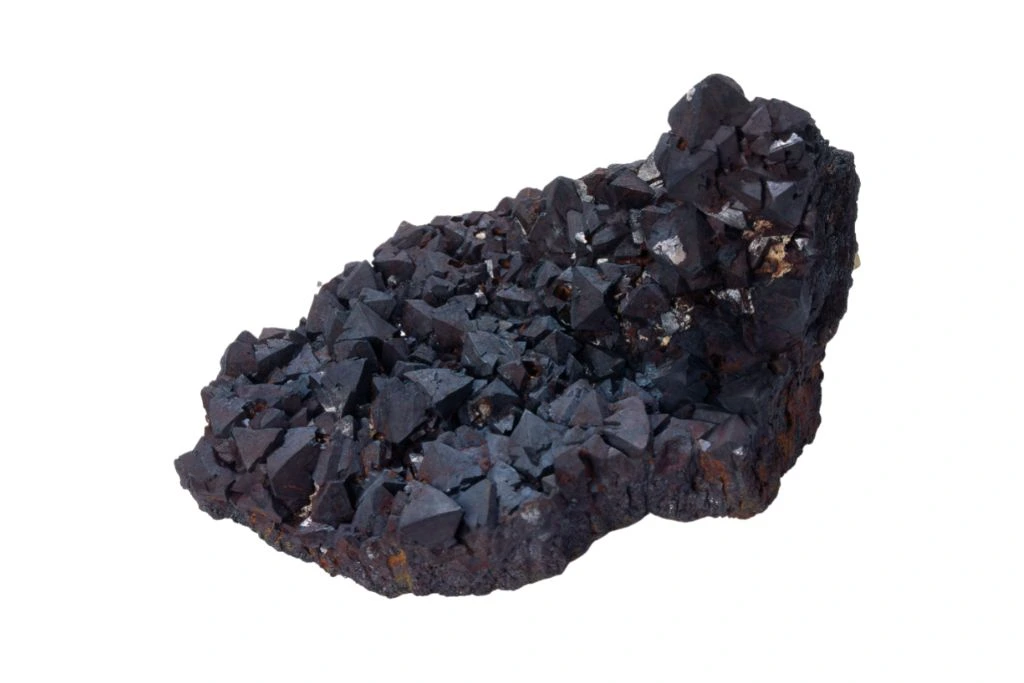
Found in the iron ranges of Northern Minnesota, especially in the Mesabi Range, Magnetite is distinctively magnetic, as its name suggests. Its magnetic properties and black color make it easily identifiable.
When hunting for this mineral, carrying a magnet can be as beneficial as having a rock hammer. If you stumble upon a potential piece of Magnetite, it’s crucial to test its magnetic properties.
Known for its spiritual properties, Magnetite is said to align the chakras and balance polarities. Many believe it can attract love, commitment, and loyalty.
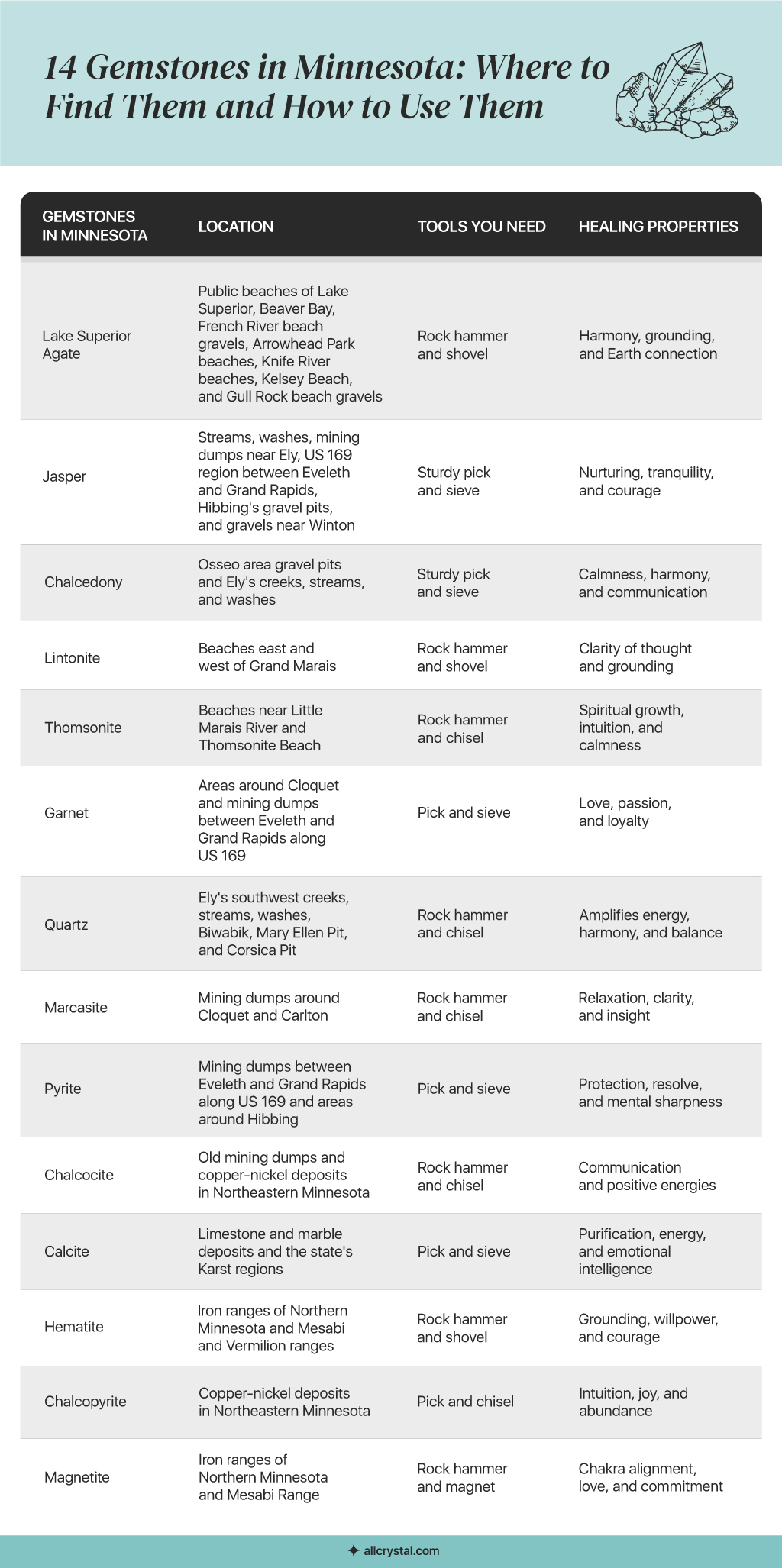
How to Do Rockhounding in Minnesota
Rockhounding is a rewarding hobby, especially in a state as geologically diverse as Minnesota. Whether you’re a seasoned collector or a newbie, Minnesota offers many opportunities to find unique and beautiful gemstones.
Here’s a guide to help you embark on your rockhounding journey in the North Star State:
Tools and Gear You Need to Dig and Find Crystals in Minnesota
- Rock Hammer: Essential for breaking rocks and extracting specimens.
- Shovel: Useful for digging in gravel pits and sandy areas.
- Sieve: Helps sift through dirt and gravel to find smaller gems.
- Pick: Useful for harder terrains and breaking larger rocks.
- Magnifying Glass: For closely examining potential finds.
- Safety Goggles: Protects your eyes from flying rock fragments.
- Durable Gloves: Protects your hands during digging and breaking rocks.
- Bucket or Bag: For collecting and carrying your finds.
How to Pack, Transport, and Cut Crystals You Find in Minnesota
- Wrapping: Wrap each crystal individually in newspaper or bubble wrap to prevent scratches.
- Containers: Use sturdy containers or boxes to transport your finds. Egg cartons can be useful for smaller specimens.
- Labeling: Label each specimen with the location and date of the find.
- Cutting: Consider using a lapidary saw to cut or polish your crystals. Always wear safety goggles and gloves.
- Storage: Store your collection in a cool, dry place away from direct sunlight.
Safety Regulations for Rockhounding in Minnesota
- Permission: Always seek permission for rockhounding on private property.
- Protected Areas: Avoid collecting in national parks, historic sites, or protected ecological areas.
- Tread Lightly: Leave no trace. Fill in any holes you dig and respect the environment.
- Stay Informed: Be aware of local regulations and restrictions. Some areas may have specific rules about collecting.
Tips for Rockhounding Like a Pro in Minnesota
- Research: Utilize maps and resources like “Rockhounding in Minnesota Map” to find potential locations.
- Join a Club: Connect with local rockhounding or gem and mineral clubs. They can offer valuable insights and organize group trips.
- Start Small: If you’re a beginner, start with easily accessible areas like public gravel pits.
- Patience is Key: Rockhounding requires patience. Take your time, enjoy the process, and remember that not every trip will yield a find.
- Document: Keep a journal of your trips, noting locations, finds, and experiences.
Disclaimer: Every state has its regulations and rules when it comes to rockhounding. Always do thorough research and be aware of local laws and guidelines. The information provided here is specific to Minnesota and may not apply to other states. Always prioritize safety and respect the environment and local communities.
FAQs
What is Binghamite Agate, and Where Can It Be Found?
Binghamite Agate, also known as the “American Tiger Eye,” is a unique gemstone in Minnesota. It’s primarily located in the Cuyuna Iron Range of Crow Wing County.
Where Can I Find Crystals in Minnesota?
Crystals and gemstones can be found in various locations across the state. Some notable places include the public beaches of Lake Superior, mining dumps between Eveleth and Grand Rapids, the Osseo area gravel pits, beaches near Little Marais River, and the iron ranges of Northern Minnesota.
Are There Specific Safety Regulations for Rockhounding in Minnesota?
Yes, when rockhounding in Minnesota, it’s crucial to be aware of the state’s safety regulations. This includes staying away from active mining areas, respecting private property, wearing appropriate safety gear, and being cautious of the natural environment and wildlife.


